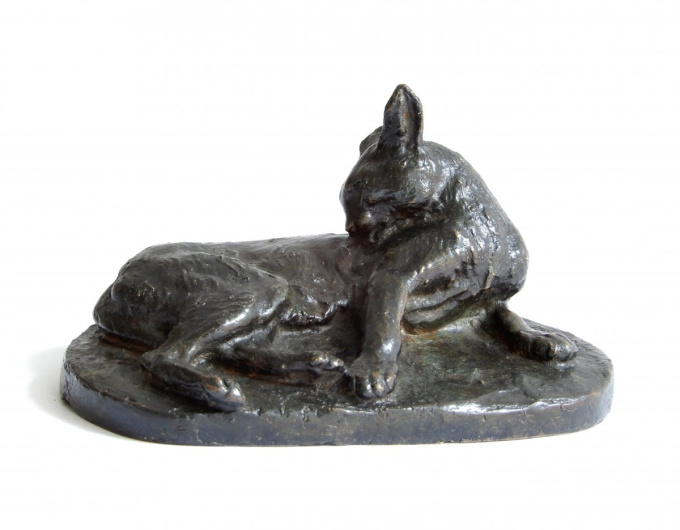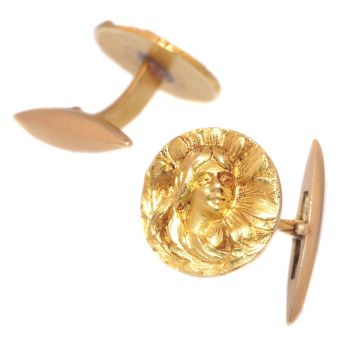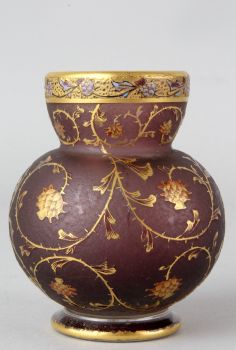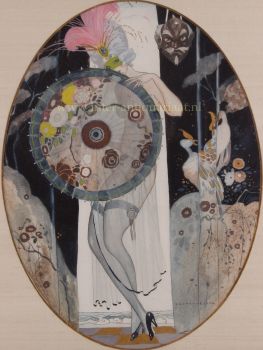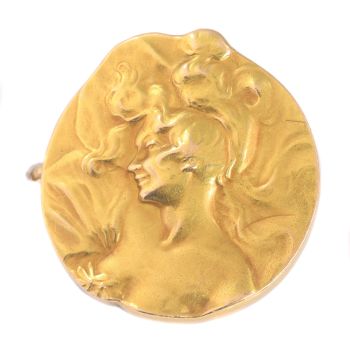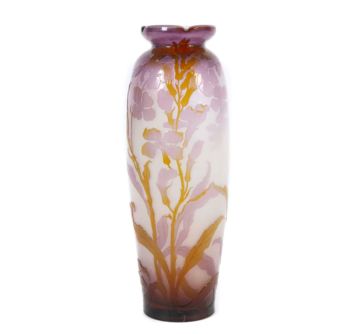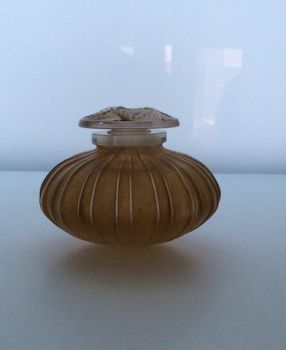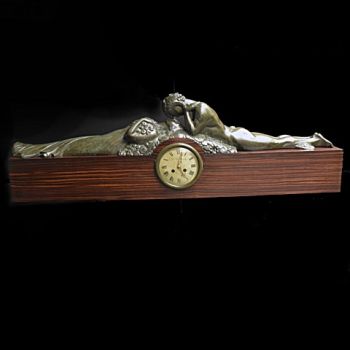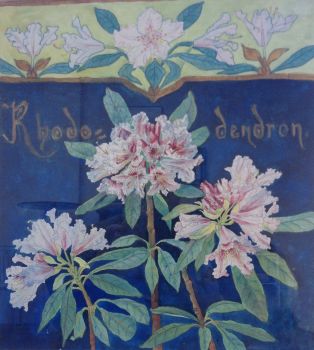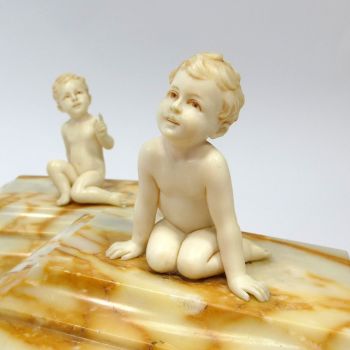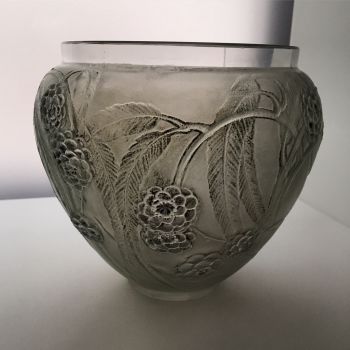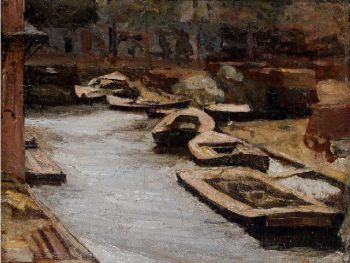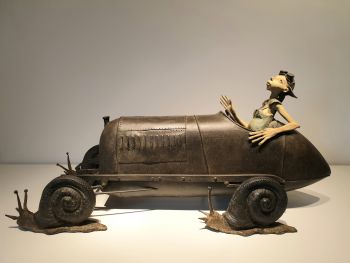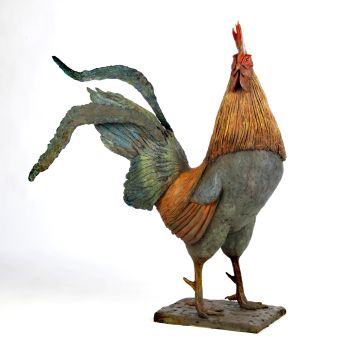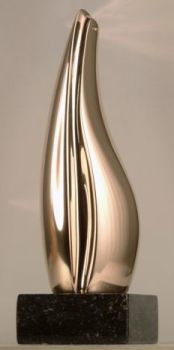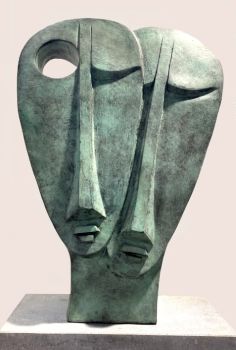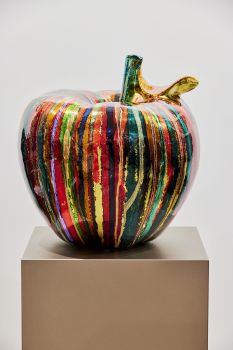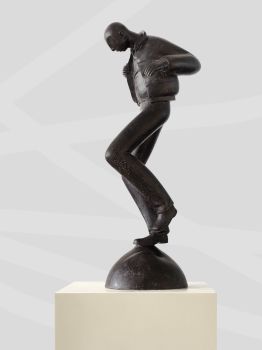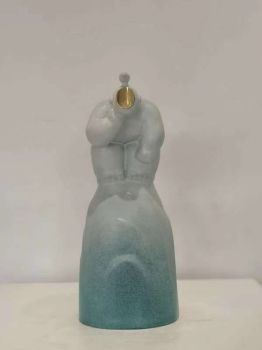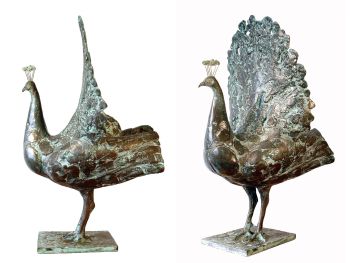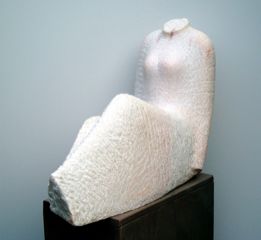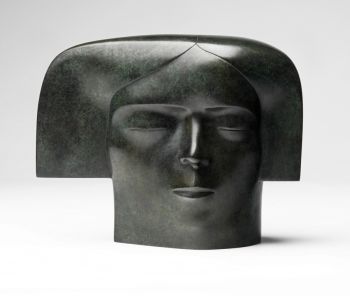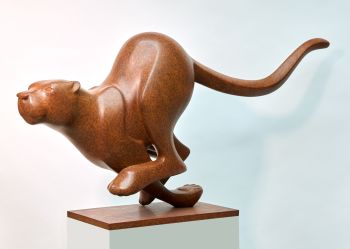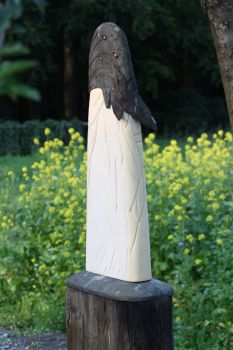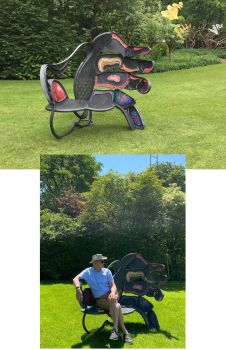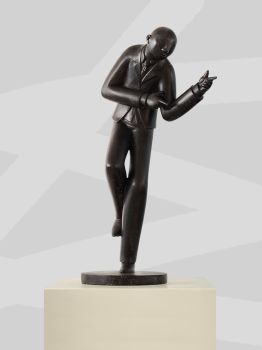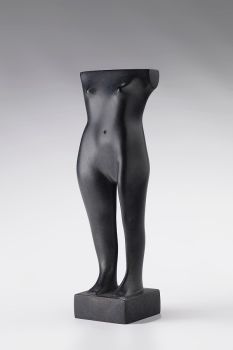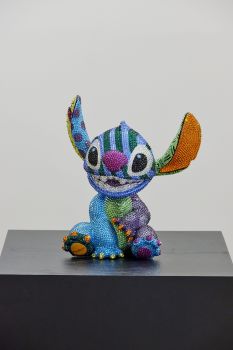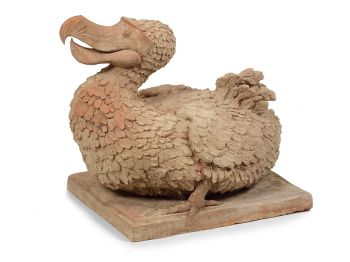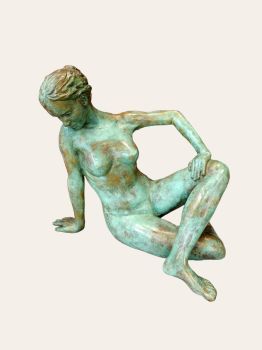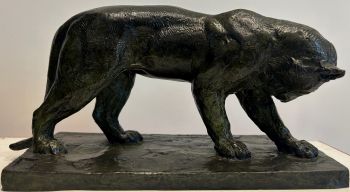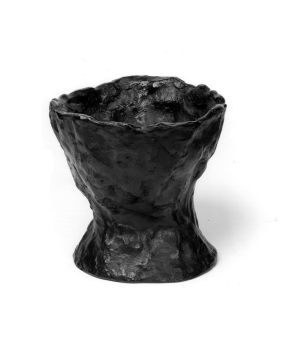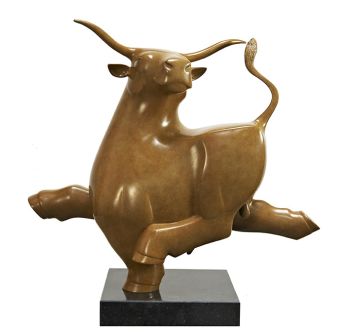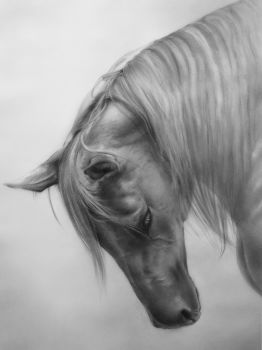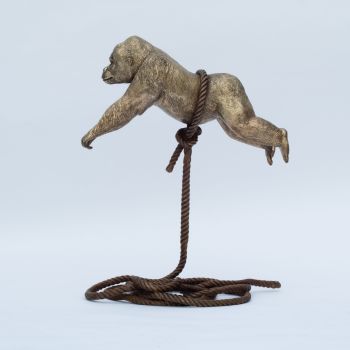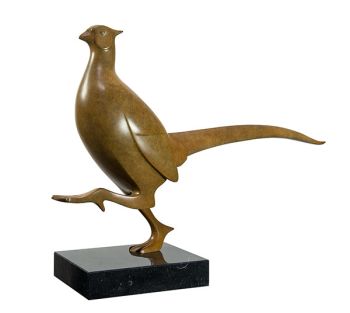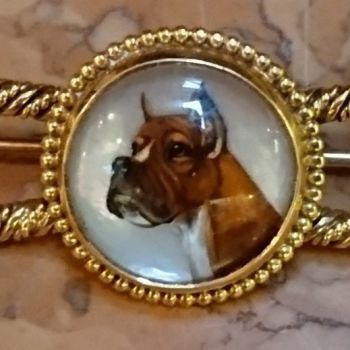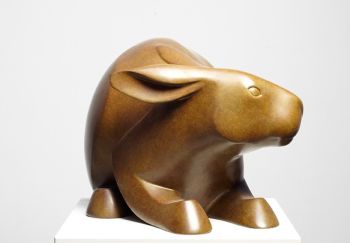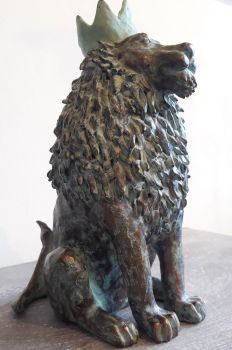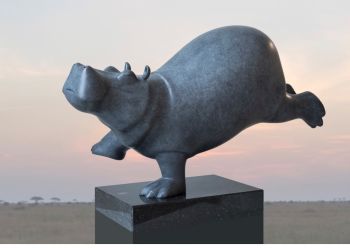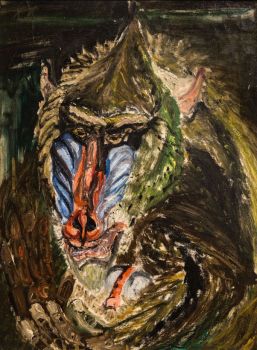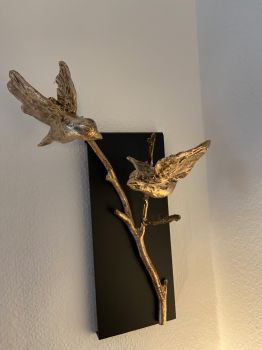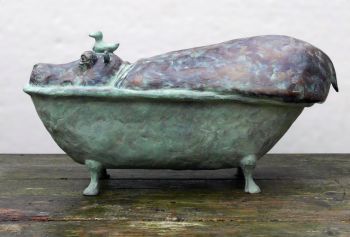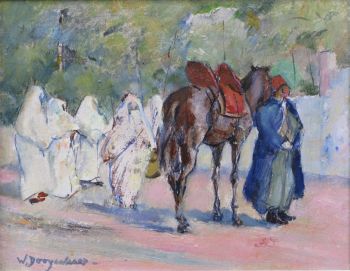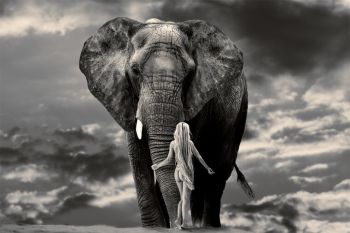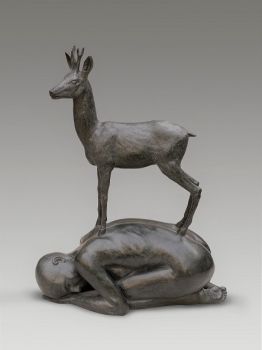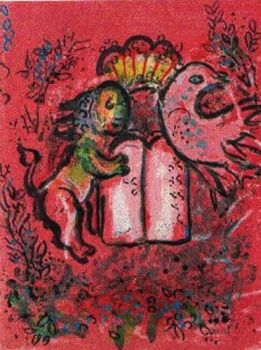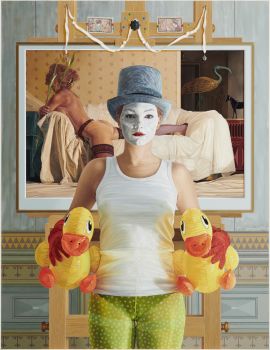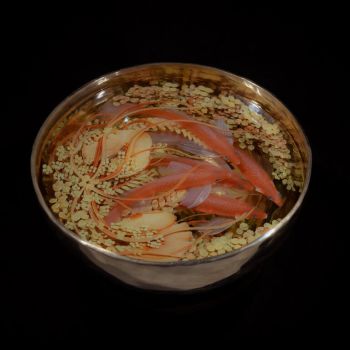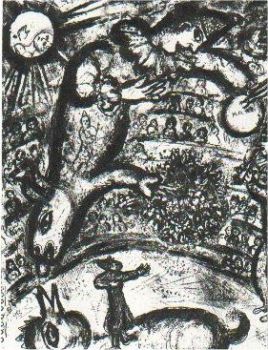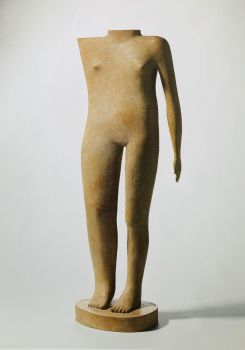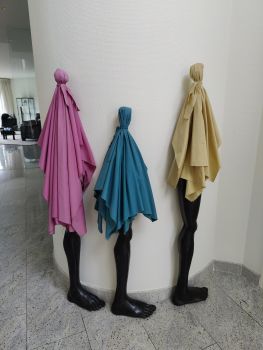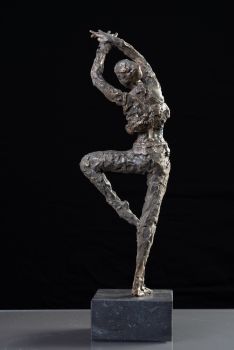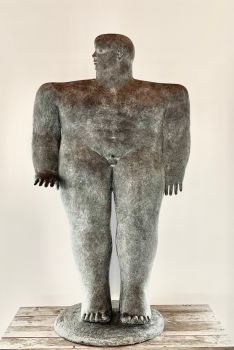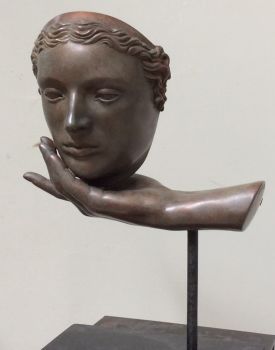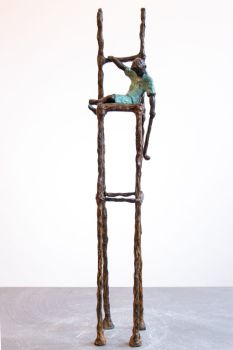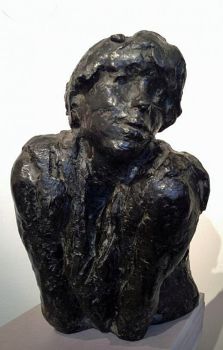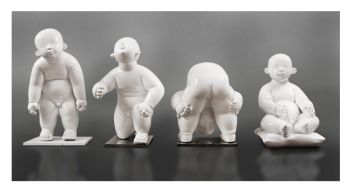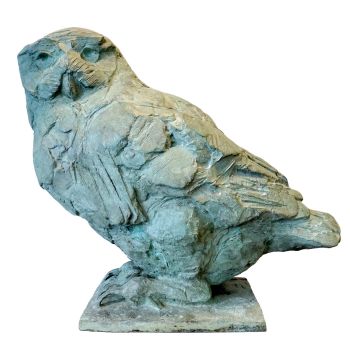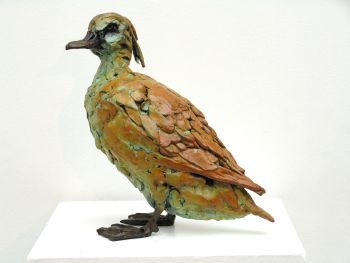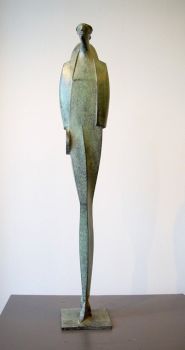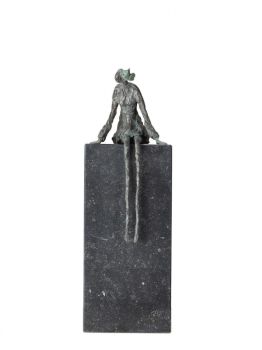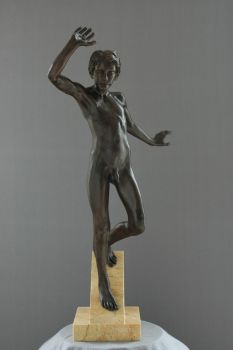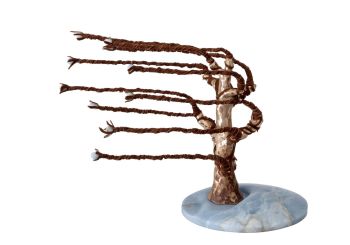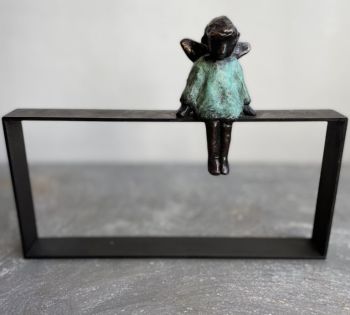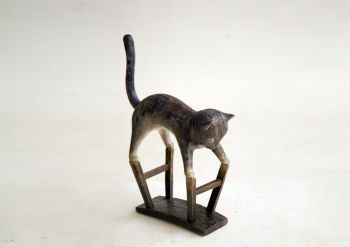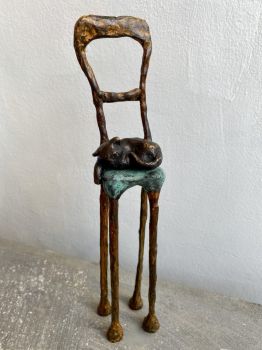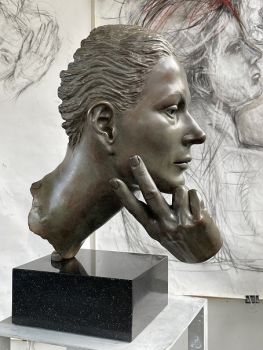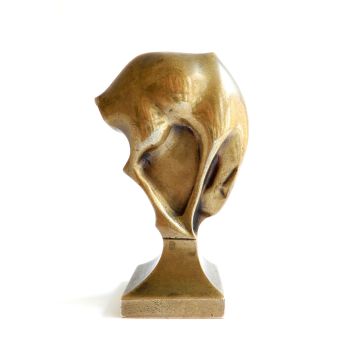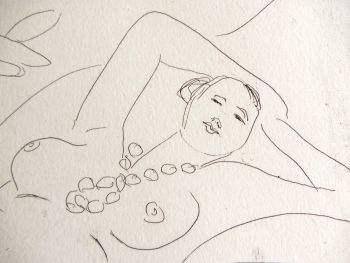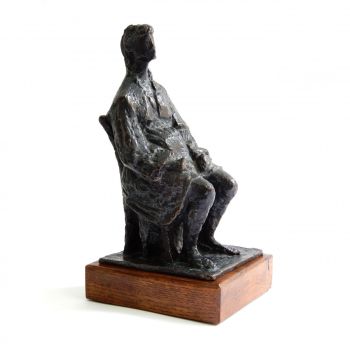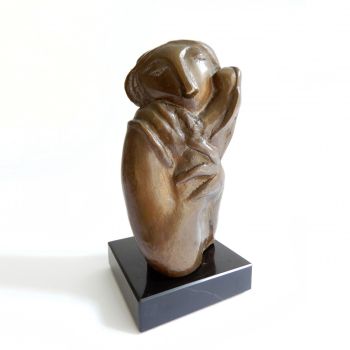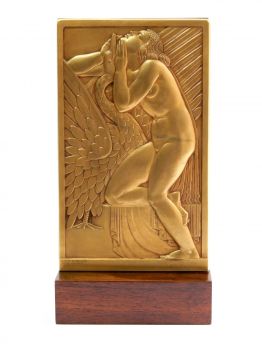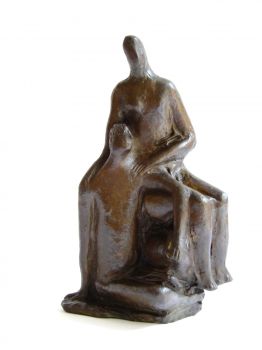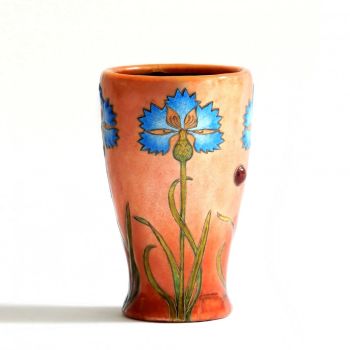Lying Lynx 1911
Charles Valton
BronzoMetallo
9 ⨯ 16 ⨯ 10 cm
Prezzo su richiesta
Dille Art
- A proposito di opere d'arte
Beautiful bronze of a lying lynx washing itself, this lynx was made by the French sculptor Charles Valton (1851-1918). A similar lynx has been auctioned once before, in 1999 at Sotheby's in London. Valton probably chose this animal as the subject of his work only once. No other lynx is known of him. This lynx is also special because it is cast cire perdue, one of the few sculptures by Valton to be cast with this technique. The cire perdue technique (lost wax method) was hardly used before 1900 in France. Hébrard was the first watering can and gallery to bring Italians to Paris in the early 1900s to cast bronzes using the cire perdue technique. This sculpture is signed next to the left front leg with "Valton" and on the side of the base it says Cire perdue". Dimensions: Length: 10.5cm (4.13") Width: 16cm (6.3") Height: 9.5cm (3.74")
- A proposito di opere artista
Charles Valton (Pau, 1851 – Chinon, 1918), nasce a Pau nei Pirenei, ma si trasferisce giovanissimo a Parigi. Lì visitava regolarmente il famoso Jardin des Plantes di Parigi, oltre ad essere un giardino botanico, era anche uno zoo. Molti animalier (artisti che nelle loro opere raffigurano solo animali) vi lavoravano, gli animali erano un popolare oggetto di studio e spesso oggetto delle loro sculture o dipinti.
Charles Valton fu allievo del famoso Antoine-Louis Barye ed Emmanuel Frémiet all'Académie des Beaux Arts. Da loro ha imparato il valore del dettaglio, la sensibilità e la rappresentazione di un animale in modo naturale.
Espone ai Saloni di Parigi dal 1868 al 1914. Riceve sette medaglie. Il suo lavoro vinse anche una medaglia d'oro all'Esposizione Mondiale del 1889 e del 1900.
Valton si specializzò in sculture di animali dal 1880, era un animalier pur sang.
Per lui era importante catturare l'essenza dell'animale, la forza, con l'emozione che l'accompagna e le forme pure.
Nel 1883 fu nominato professore di scultura alla Germain Pilon Académie di Parigi.L'opera di Valton comprende più di 70 sculture di animali, ha lavorato in edizioni molto piccole. Di solito ritraeva gli animali più grandi come predatori, in particolare i felini erano amati, ma anche cervi, elefanti, orsi e cani fanno parte della sua opera.
Il suo lavoro può essere visto in vari musei, tra cui il Musée d'Orsay a Parigi.
Sei interessato ad acquistare questa opera d'arte?
Artwork details
Related artworks
- 1 - 4 / 24
Artista Sconosciuto
A pair of angels Antwerp, 17th century, Carrara marble17th century
Prezzo su richiestaFrederik Muller
Carlo Bellini
A terracotta sculpture of a dodo20th century
Prezzo su richiestaZebregs & Röell - Fine Art - Antiques
Roger Godchaux
A bronze panther, with a nuanced green and textured patina.1950
Prezzo su richiestaMarco Boes Antiques
1 - 4 / 24 A cura di
A cura diDanny Bree
1 - 4 / 24- 1 - 4 / 24
- 1 - 4 / 12

